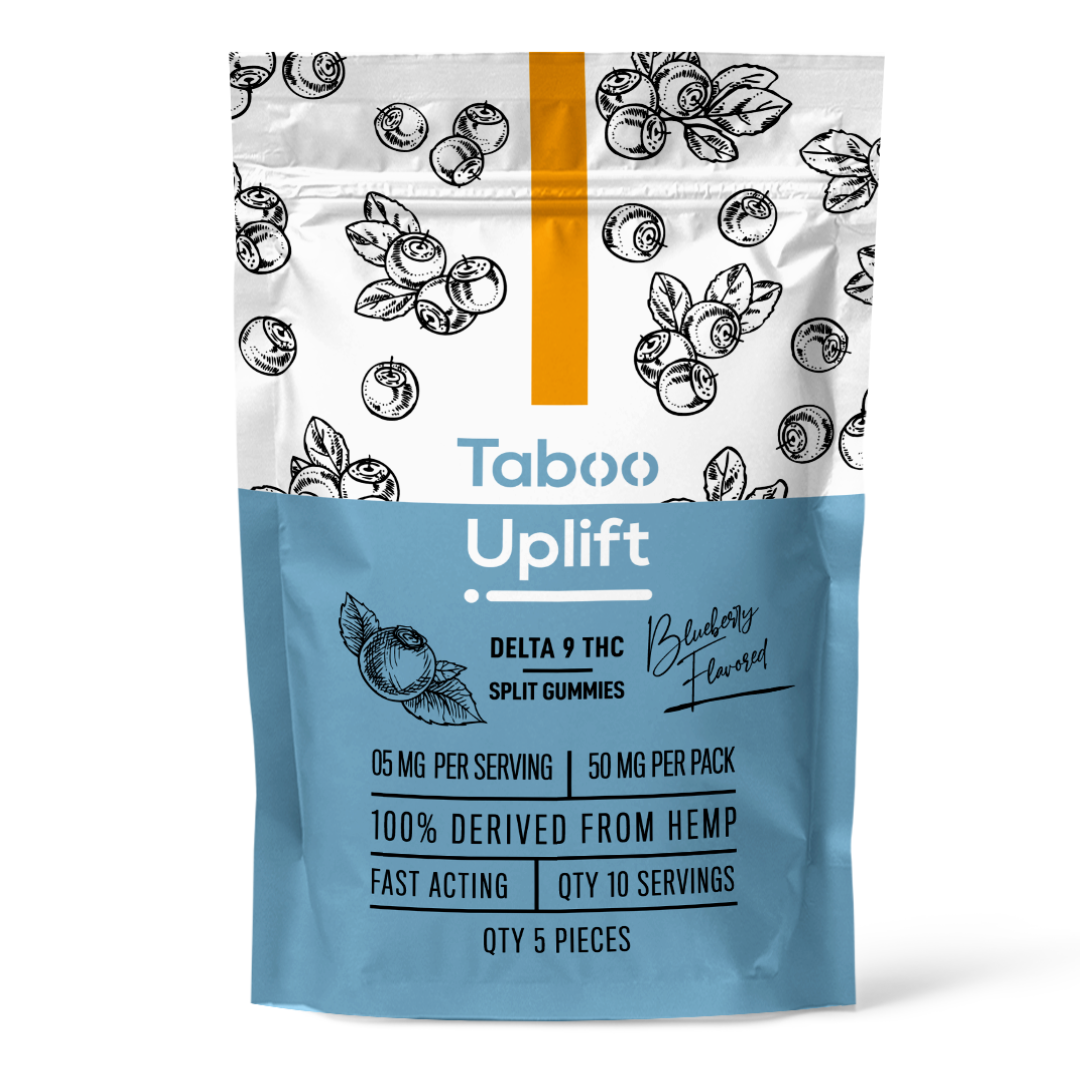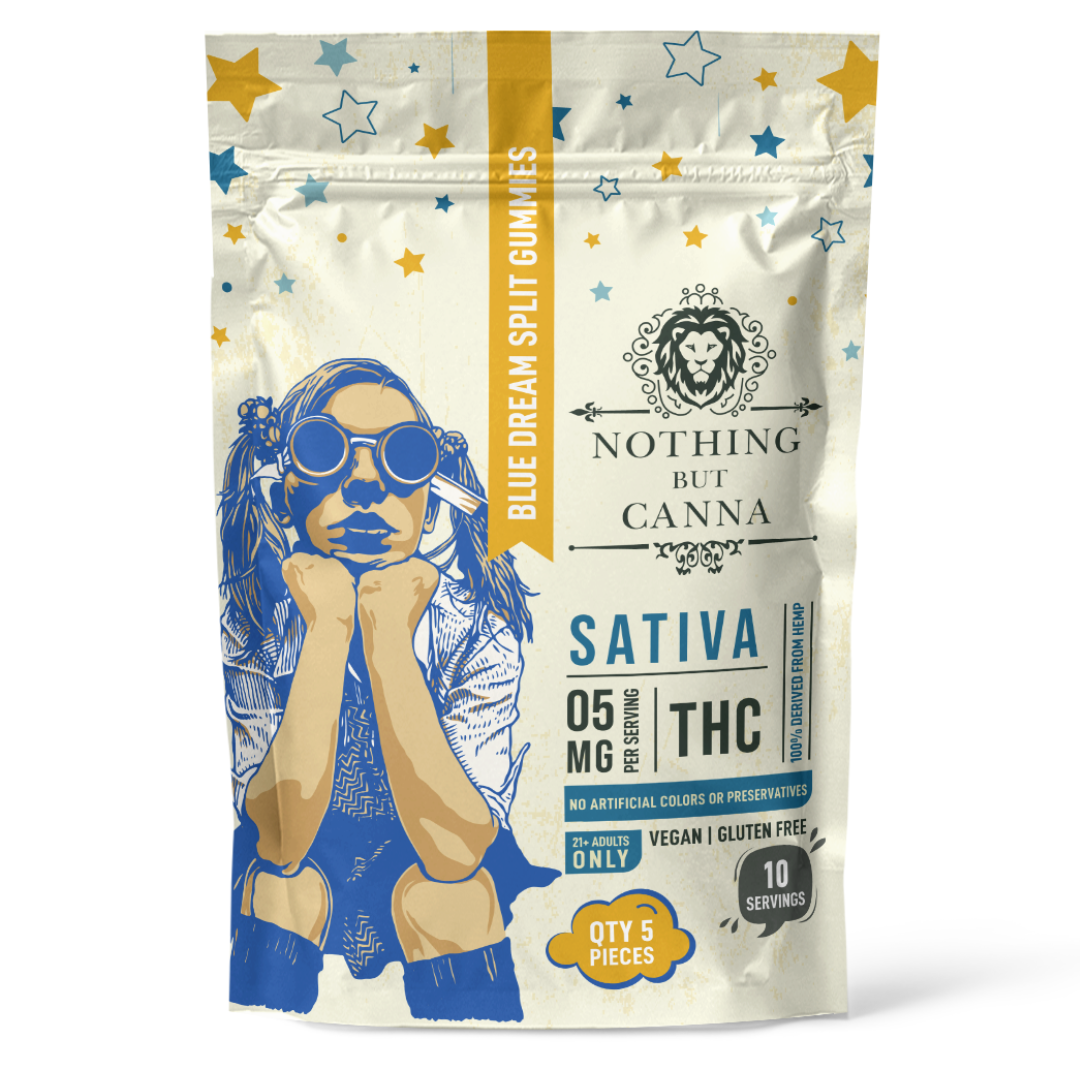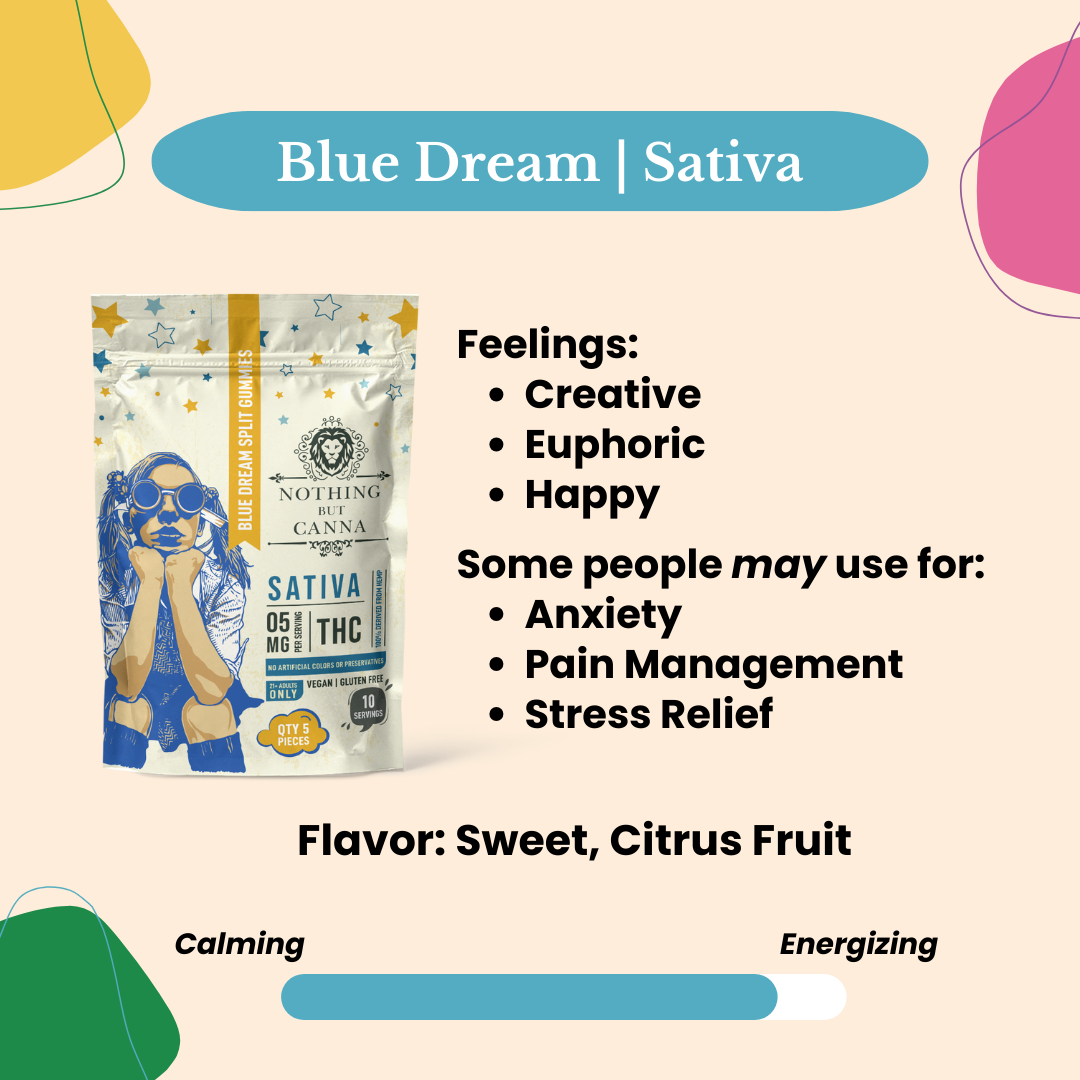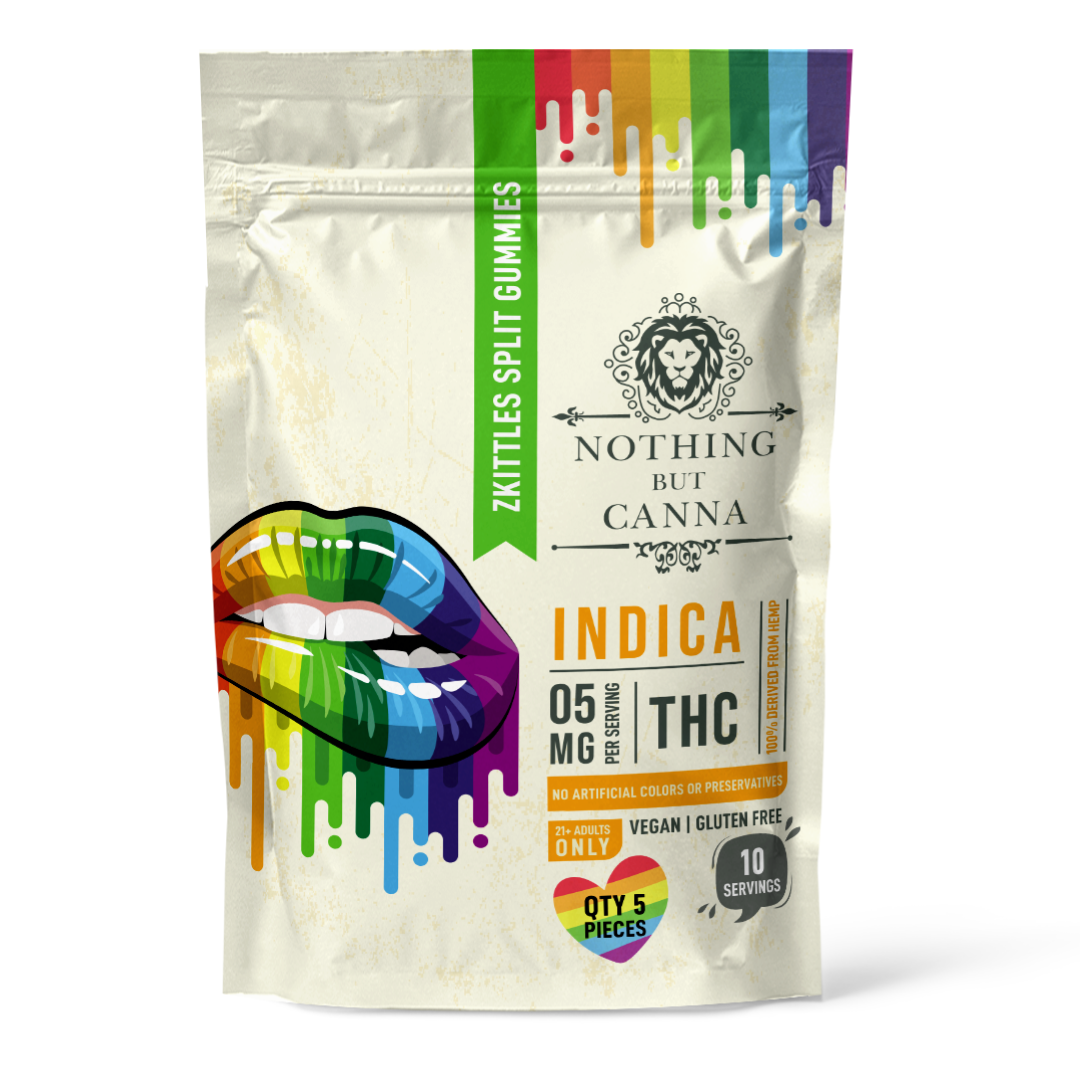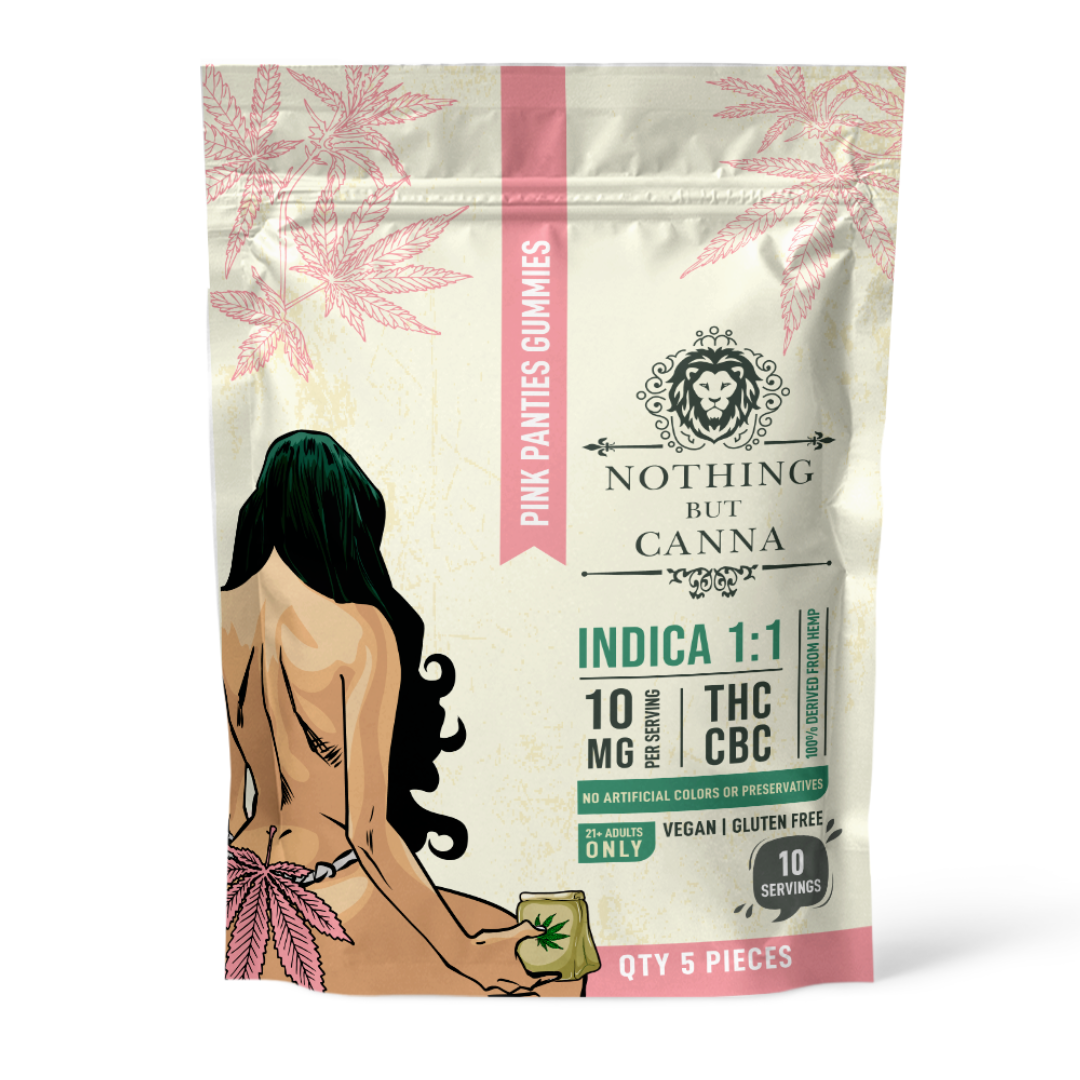
Since December 2018, the hemp industry has blossomed throughout the United States. The 2018 Farm Bill, which was passed at that time, legally separates hemp from marijuana as defined in the Controlled Substances Act.
However, many hemp farmers have experienced challenges when trying to grow products that meet this strict definition. Variables related to climate, weather conditions and plant genetics can leave them toeing a precarious line between legality and illegality, which can make hemp an especially unpredictable and risky crop to grow.
On December 15, U.S. Senator Rand Paul of Kentucky introduced a bill that aims to update the definition of hemp and promote regulations that would be fairer to those invested in the industry.
Currently, the difference between hemp and marijuana hinges on the amount of teetrahydrocannabinol (THC) it contains. Cannabis plants that contain 0.3% or less of THC meet the definition for hemp. Cannabis plants that exceed this amount are illegal and must be destroyed.
If passed, Sen. Paul’s Hemp Economic Mobilization Plan (HEMP) Act of 2020 would raise the hemp THC limit to 1% — triple the current limit. This would help farmers be more successful in the hemp industry, despite variables, like weather, that might affect the crop’s THC content but are out of the farmer’s control. Products that contain more than 1% THC would still be considered illegal Schedule 1 substances.
If passed, the bill would also alter the way THC is tested. Currently, hemp processors have just 15 days to test a crop’s flower, which can be a burden for farmers who are already working with limited resources.
Instead, the bill proposes that the final hemp-derived product should be tested for THC, instead of the flower or the plant, itself. This creates a much larger window of opportunity for THC testing to occur. It could also open the door for the THC content of a hemp crop to be modified before being used in a product, which could protect farmers who unintentionally end up with a hot crop.
The HEMP Act would also protect farmers and other industry workers by requiring hemp shipments to include a seed certificate that shows that the hemp was grown from 1% THC seed. This certificate would help prove to law enforcement officers that the crop contains a lawful amount of THC, which could help prevent the seizure of a legal hemp crop.
The HEMP Act also aims to set a defined standard for the margin of error allowed for THC testing. Currently, that margin is at the discretion of the Drug Enforcement Administration (DEA). The HEMP Act proposes setting a 0.075% standard as the margin of error.
Although the HEMP Act involves several provisions that could be beneficial to those in the hemp industry, it is unlikely to find success before the end of the current legislative session.
When the new Congress convenes on January 3, 2021, it is the beginning of a new legislative year, and all of the legislation from the previous two years will have expired. It is not yet clear if similar proposals will be introduced in the next session.
Sources
[2] https://hempindustrydaily.com/hemp-at-1-thc-wins-new-senate-proposal/


























